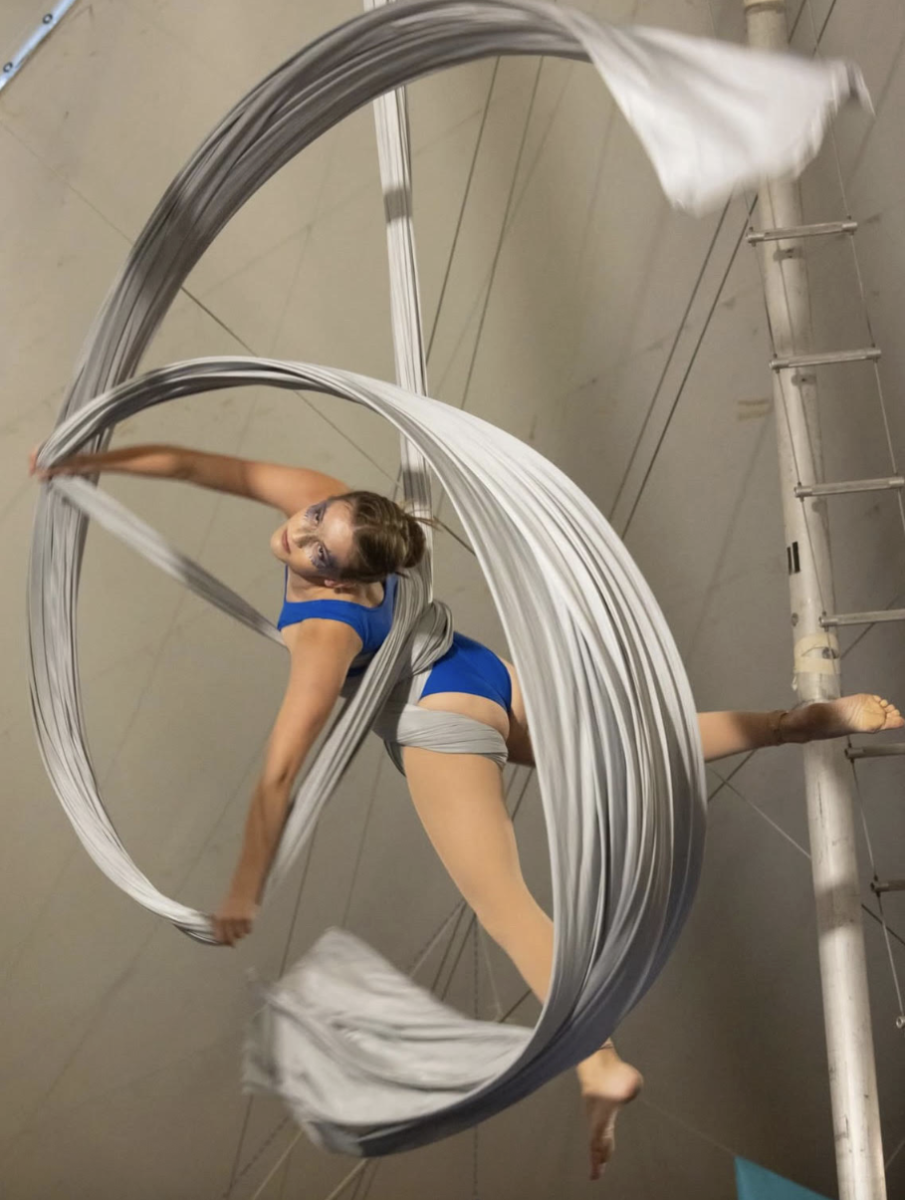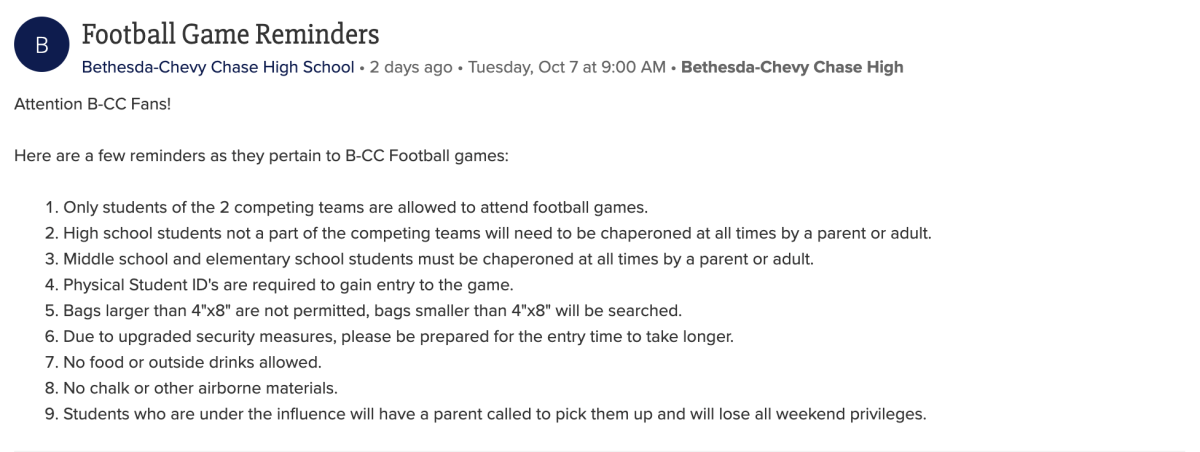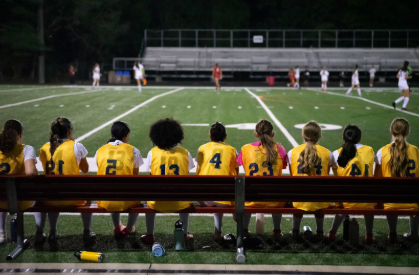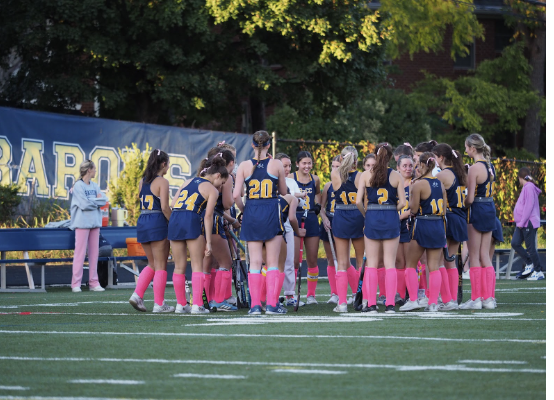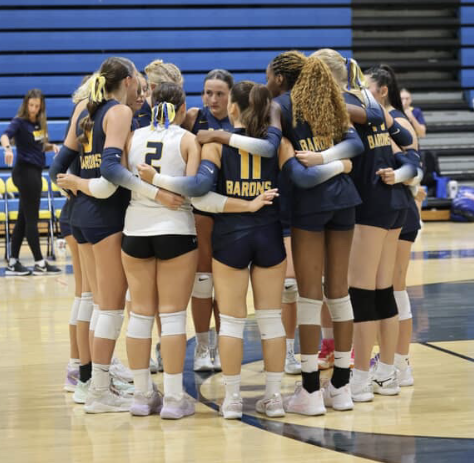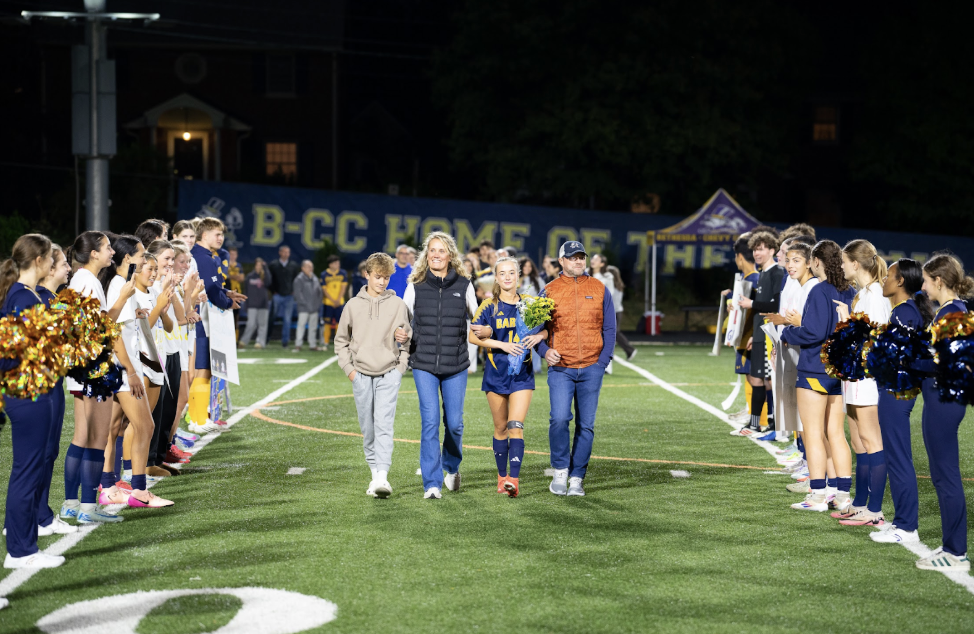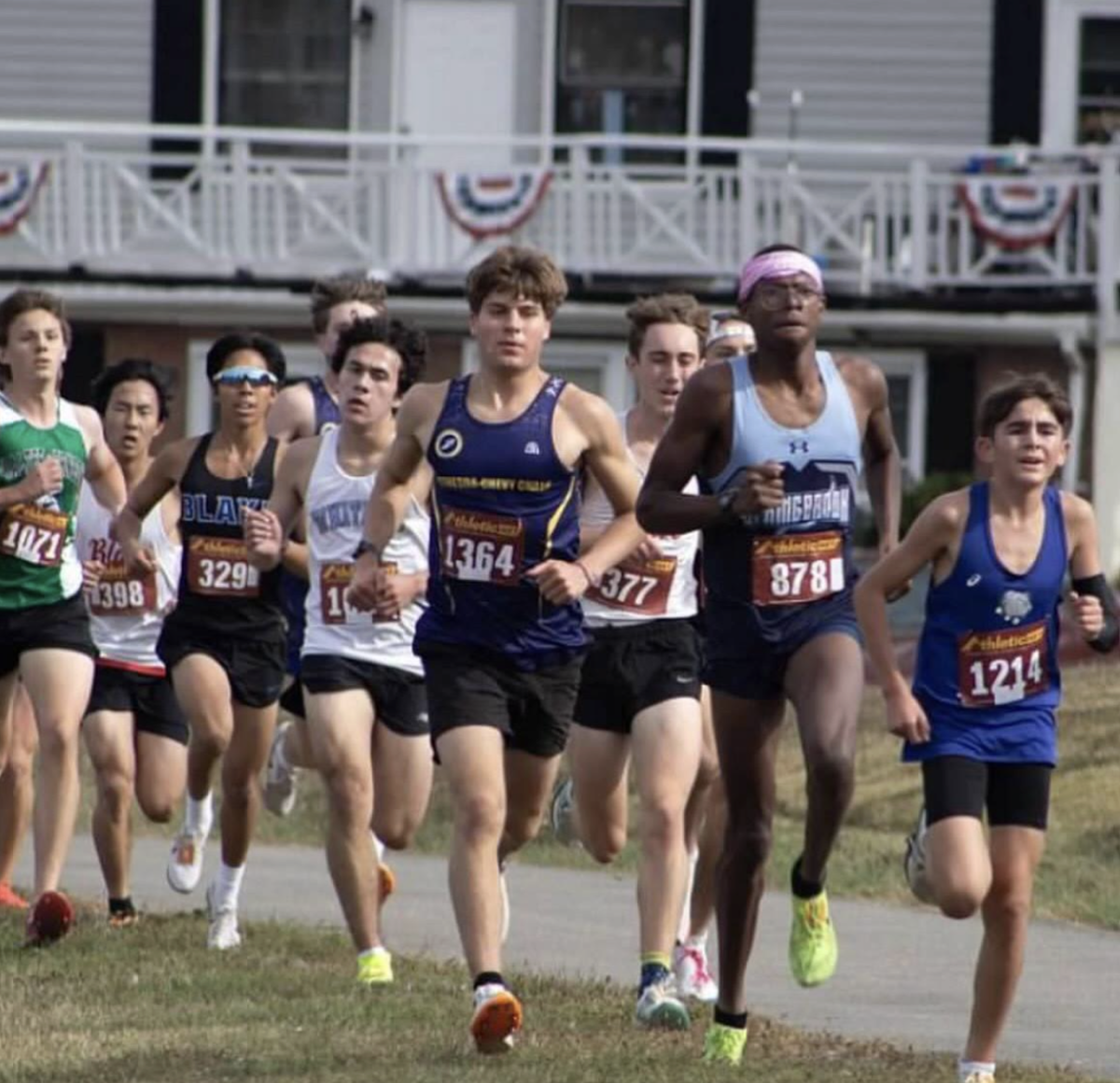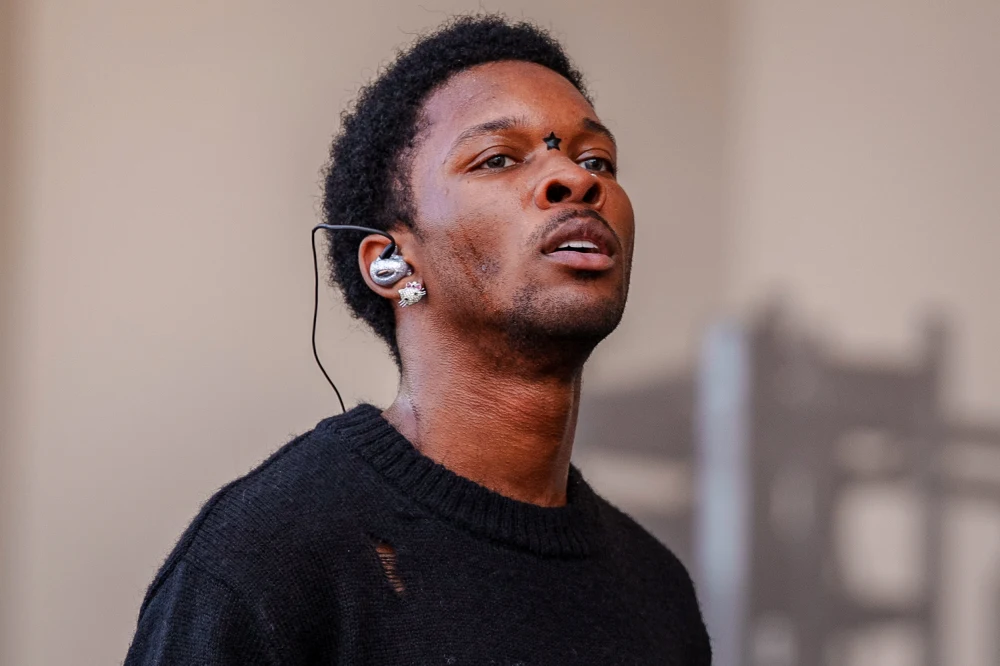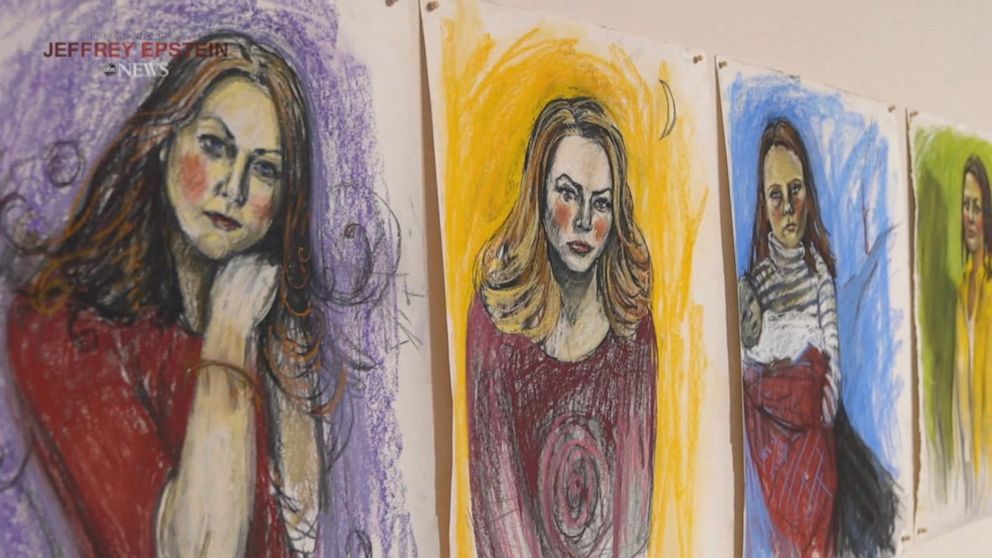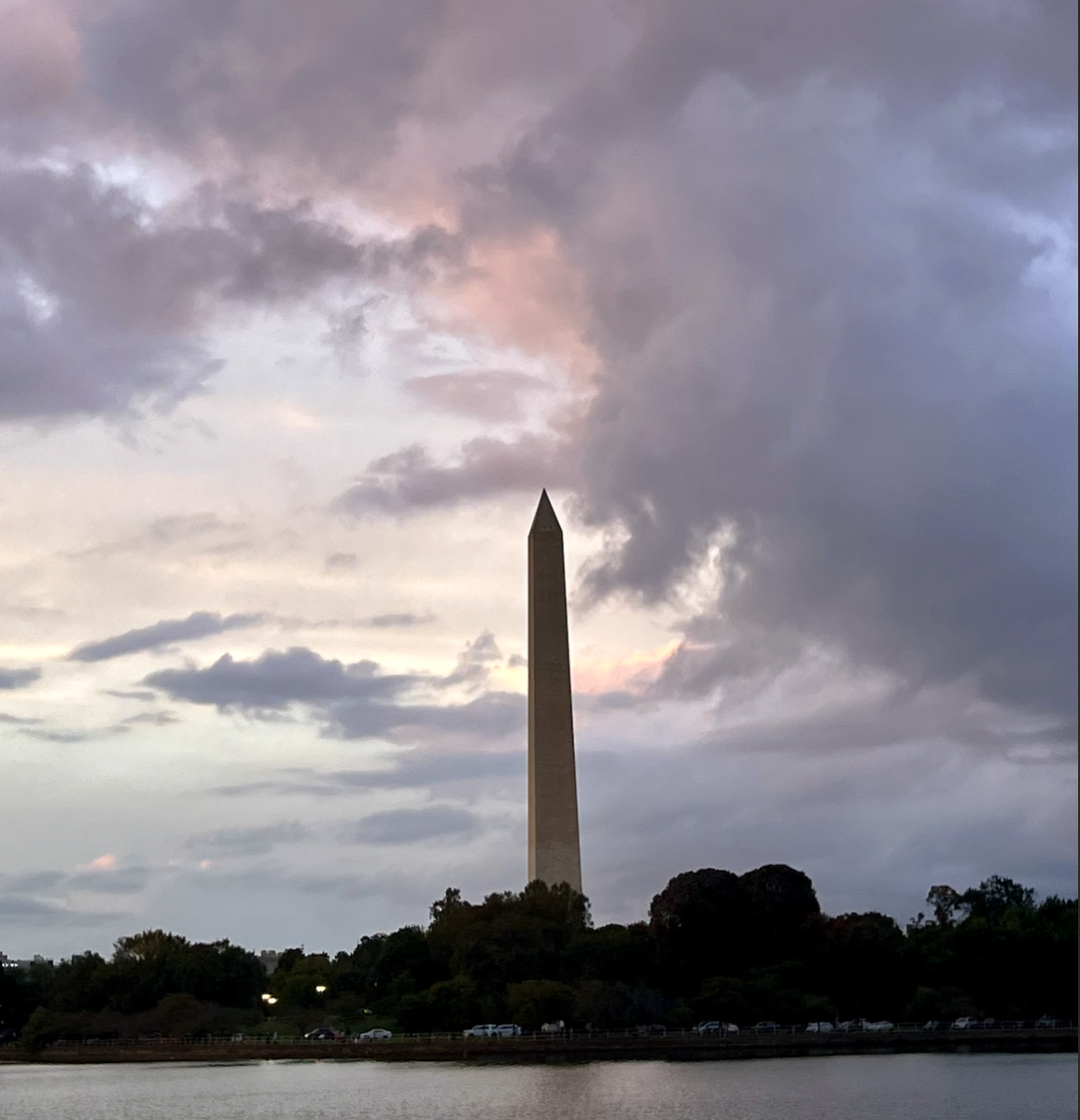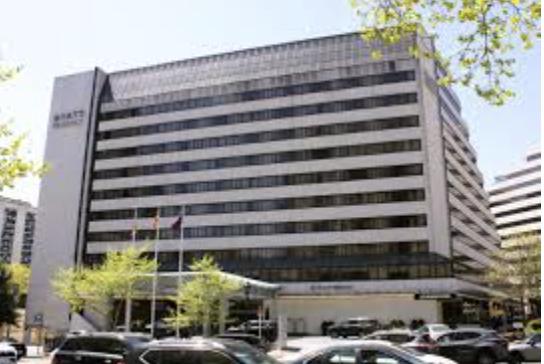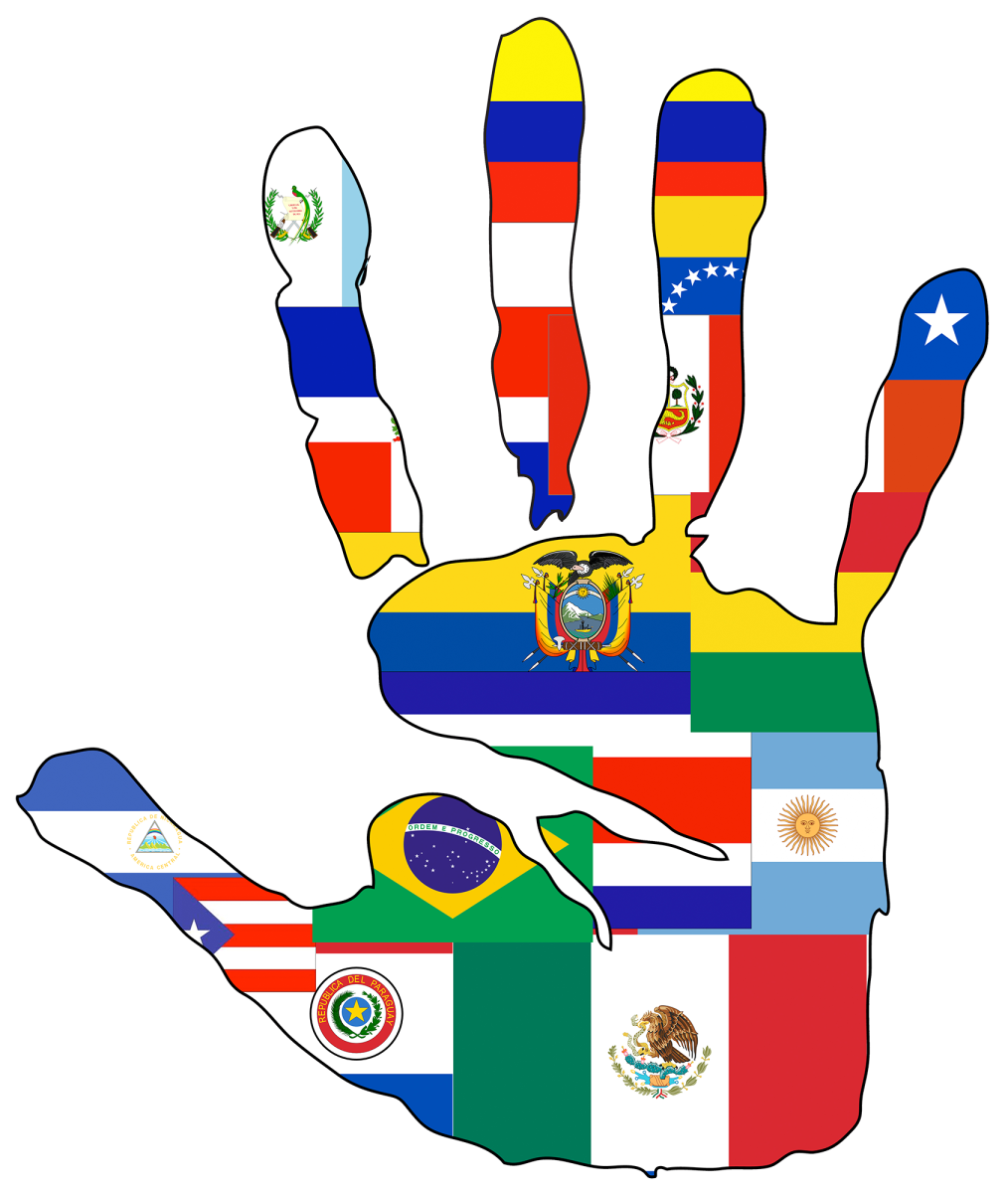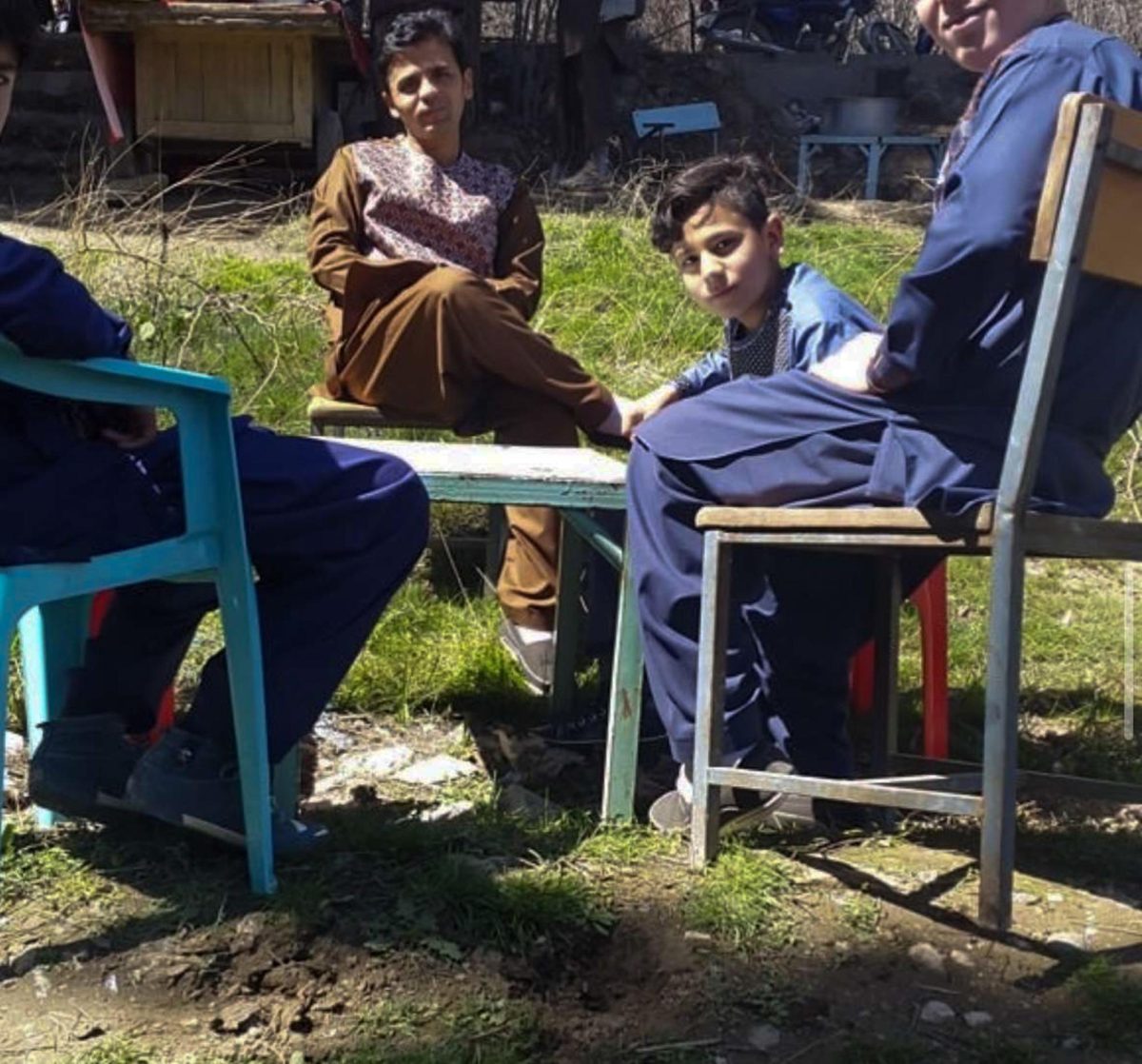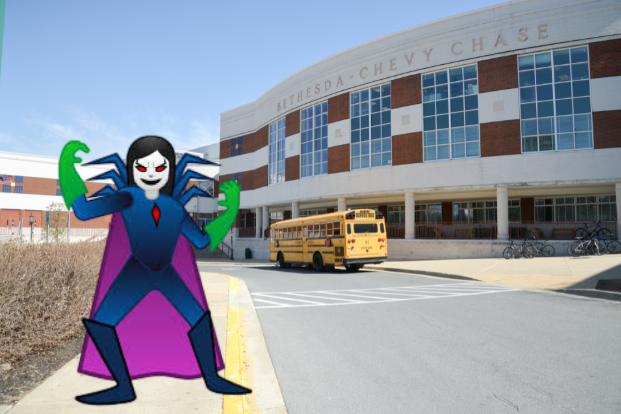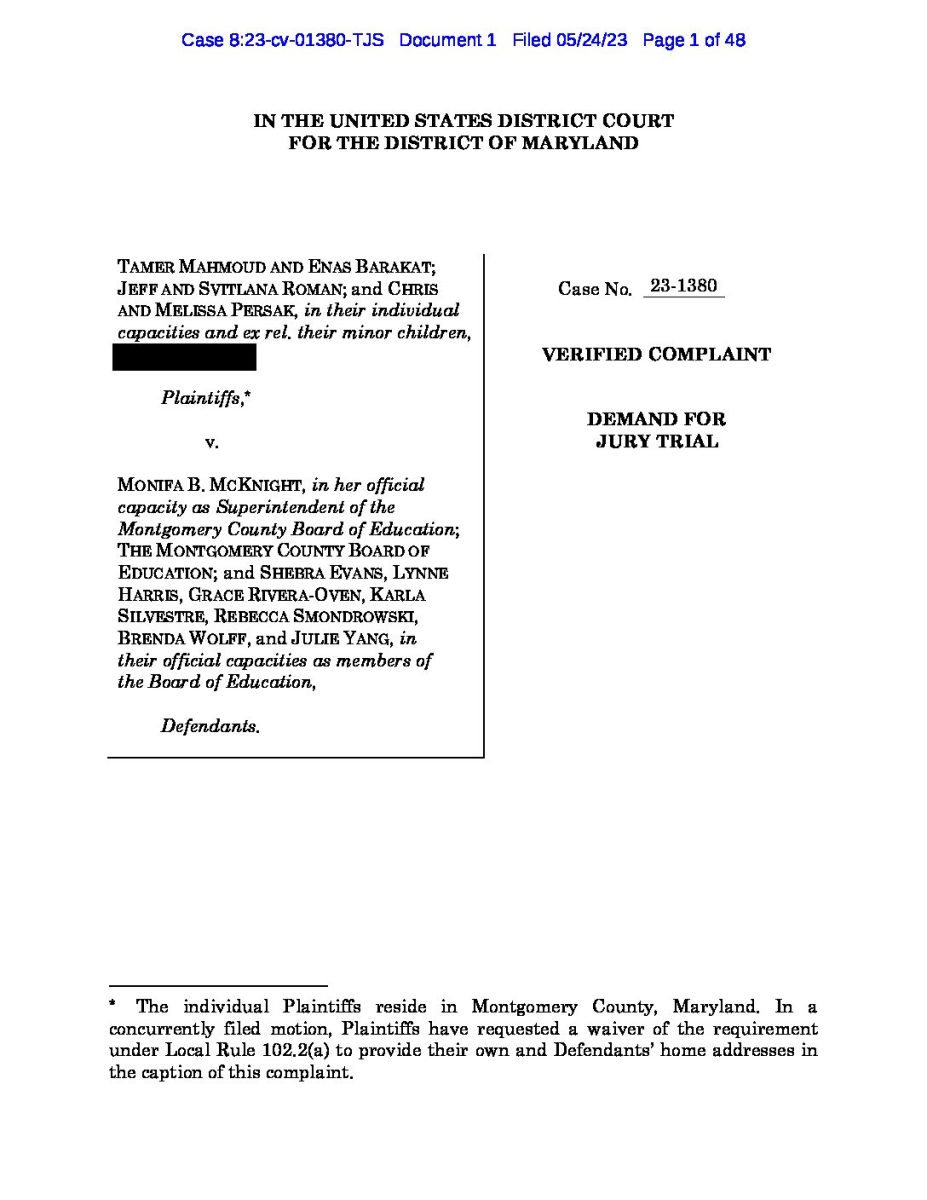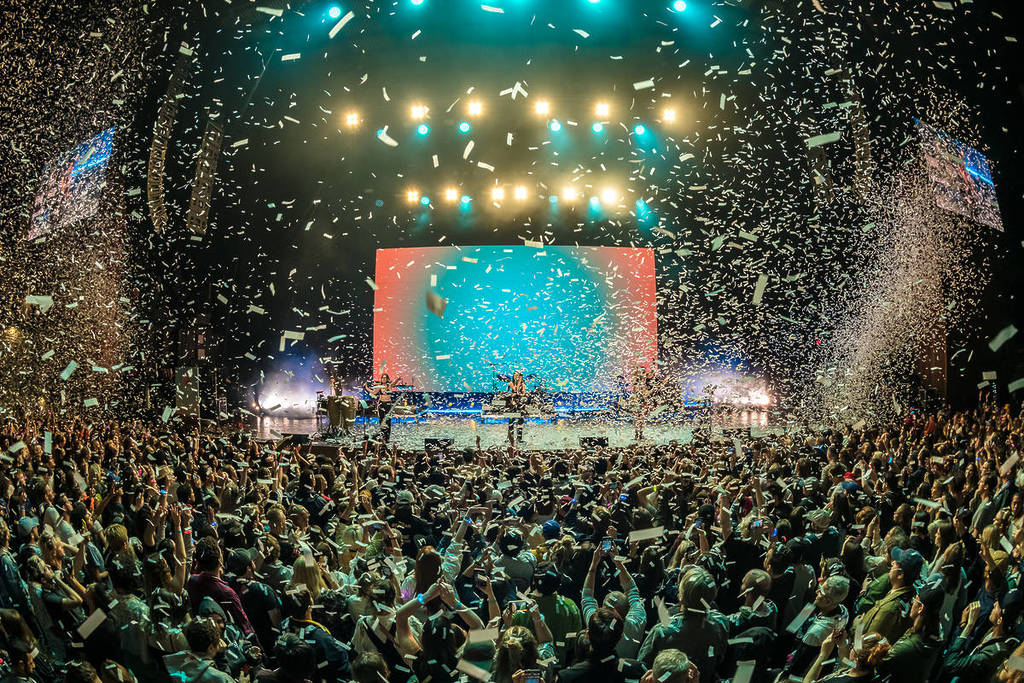Many B-CC teens now wonder the same thing: Why is the homecoming dance not a big deal anymore? Just fifteen years ago, B-CC’s gym sparkled with string lights as the sound of pop hits echoed down the halls. Students eagerly lined up, ready to celebrate one of the most anticipated nights of the school year: the homecoming dance.
Today, that special night looks very different. Now, the cafeteria lights shine upon a smaller crowd—mostly freshmen along with a few lingering 10th, 11th, and 12th graders. Outside the building, a majority of upperclassmen have already headed to the monuments, private parties, and other plans. While B-CC’s homecoming week still brings out school spirit and strengthens bonds across grades, for many students, the main event isn’t the dance anymore.
Stretching as far back as when our parents were in high school, the homecoming dance was seen as a core school event. Students planned for weeks, making sure they got their tickets early, organizing groups, and coordinating outfits with friends. Many students who graduated from B-CC as far back as the ‘80s cherish this unforgettable memory.
“It was definitely a highlight of high school, we always had a great time on the dance floor with our friends and classmates,” said Eric Zuckerman, a former B-CC student from the graduating class of 1990. Many generations before us enjoyed every aspect of the dance, but now, specifically for Gen-Z students, the praise for the dance is not as strong as it once was.
Part of this issue may not be the place at all, but the generation attending it. While the setting is still filled with fancy decorations, flashing lights, and a DJ booth, many students say the experience feels repetitive and less exciting than in prior generations. “It’s just not that big of a deal anymore,” admits junior Pia Wise. “We’d rather hang out with our friends somewhere else.”
Older alumni remember dances as one of the few social events available that everyone goes to, but today, students seem to have far more options. From weekend get-togethers to simply posting a well-edited photo online, high school’s social scene looks very different in comparison to previous years. For Gen-Z, with how social lives often revolve around digital connections and pre-curated experiences, a school dance can feel outdated, awkward, and overly structured. The homecoming dance has not changed much, but the students and their lives have, which may explain why attendance keeps dropping.
Another factor could be the shift in social norms and attitudes that have developed over time. In past decades, school events were more central to the teenage experience and a way to show school pride. Now, individuality and independence take priority. Many students prefer to spend their time in smaller friend groups rather than participating in school-organized activities.
Nowadays, it feels as though students would rather plan their own nights instead of attending an event that feels forced. Still, many argue that the tradition is worth keeping alive and bringing back to life. The homecoming dance offers an even rarer chance for students across all grades to come together, dance, and make memories beyond their screens. Even if attendance continues to decline, the event remains a symbol of classic American high school community and nostalgia.
Whether due to changing the location, the shifting generational values, or simply the rise of alternative plans, one thing is clear: the meaning of homecoming has evolved. For today’s generation of students, it is less about the dance floor and more about the shared experience of the night. While older generations may remember the homecoming dance as the heart of high school, the tradition is transforming into something new for Gen-Z.

